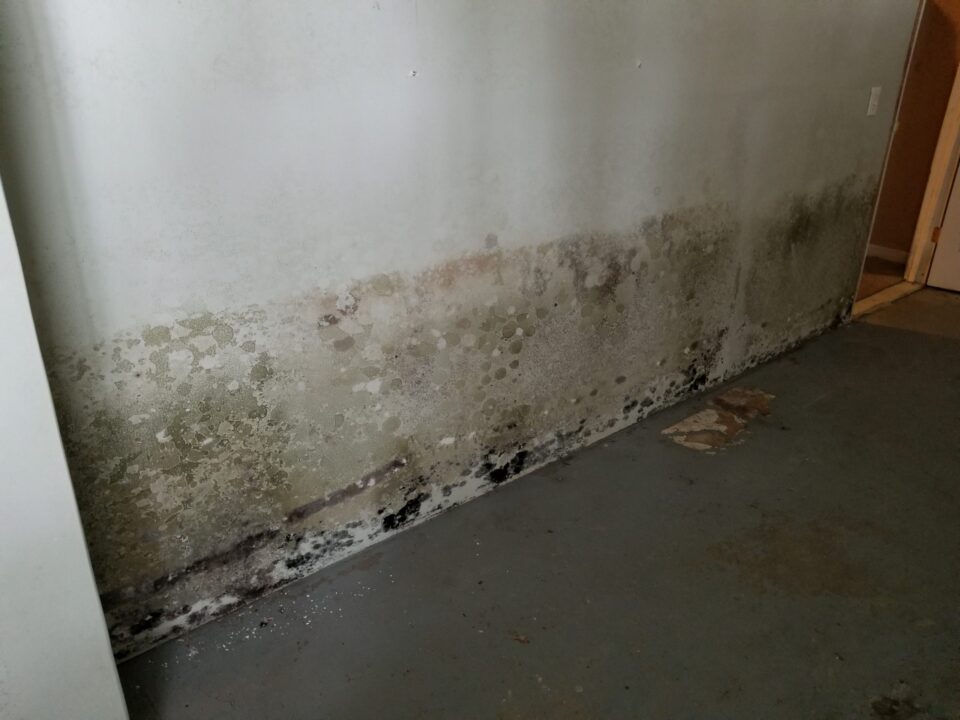Most people are (uneasily) familiar with mold. “Mold” refers to multiple species of fungus that grow in mats and reproduce via spores. Mold thrives in tepid, moist environments – just the sort of circumstances basements commonly provide.
Flooded Basement is one of the primary culprits for mold growth in basements. When basements flood, the excess moisture creates an ideal environment for mold to thrive. Taking proactive steps to prevent basement flooding can significantly reduce the risk of mold growth in your home.
This fungus can pose several health risks to humans, as it may irritate allergies, impact breathing, or even cause severe sickness in people with compromised immune systems. It is necessary to react to signs of possible mold in your home to protect yourself and your family. The following are steps to take toward preventing mold in your basement.
Find and Fix Any Leaks
Mold spores can lay dormant for long periods and become active once they encounter a source of moisture. If you have any leaks in the walls, windows, or pipes in your basement, this will spur mold growth. You will want to repair any cracks in your walls or loose-fitting windows with an appropriate sealant to stop water from leaking in from the outside. If you notice any leaky pipes, fix them right away and clean up as much of the water as you can. Ventilate your basement well if possible to promote thorough drying.
Insulate
Insulating the walls, ceiling, and pipes in your basement can help reduce the humidity in that space. Notice whether you have condensation building up anywhere, as that is evidence that you may need to insulate more. Check that surfaces are clean and dry before installing the insulation to ensure it works properly.
Get a Dehumidifier
If you still have trouble controlling the humidity in your basement, consider investing in a dehumidifier. These are highly effective at stripping water from the air, as you will see whenever you dump the full water tray. In truly humid environments, you would need to empty the sequestered water up to twice a day (or possibly more)! That is a lot of liquid you have denied to the potential basement mold spores. You might also try using a hydrometer, which will tell you the exact humidity level (mold fares worse at levels below 60%).
Remove and Clean Water-Damaged Items
Do you have soggy furniture, mats, tiles, or other items in your basement already? Your other efforts will be for naught if you leave water-logged or dampened items as mold oases in that space. Relocate or throw out what you can. Thoroughly clean and air-dry the objects you want to keep in a different area, if necessary. You may need to take really challenging pieces (like furniture you cannot get dry) to a specialist who can restore them for you.
When in Doubt, Seek Help
The strategies mentioned above are examples of things anyone can try to get ahead of burgeoning mold problems. That said, if your efforts are not getting the results you want or if the infestation is already expansive, you should look into getting professional help. Only trained mold remediation specialists like the experts at 58 Foundations have the tools and knowledge necessary to tackle advanced mold problems.

